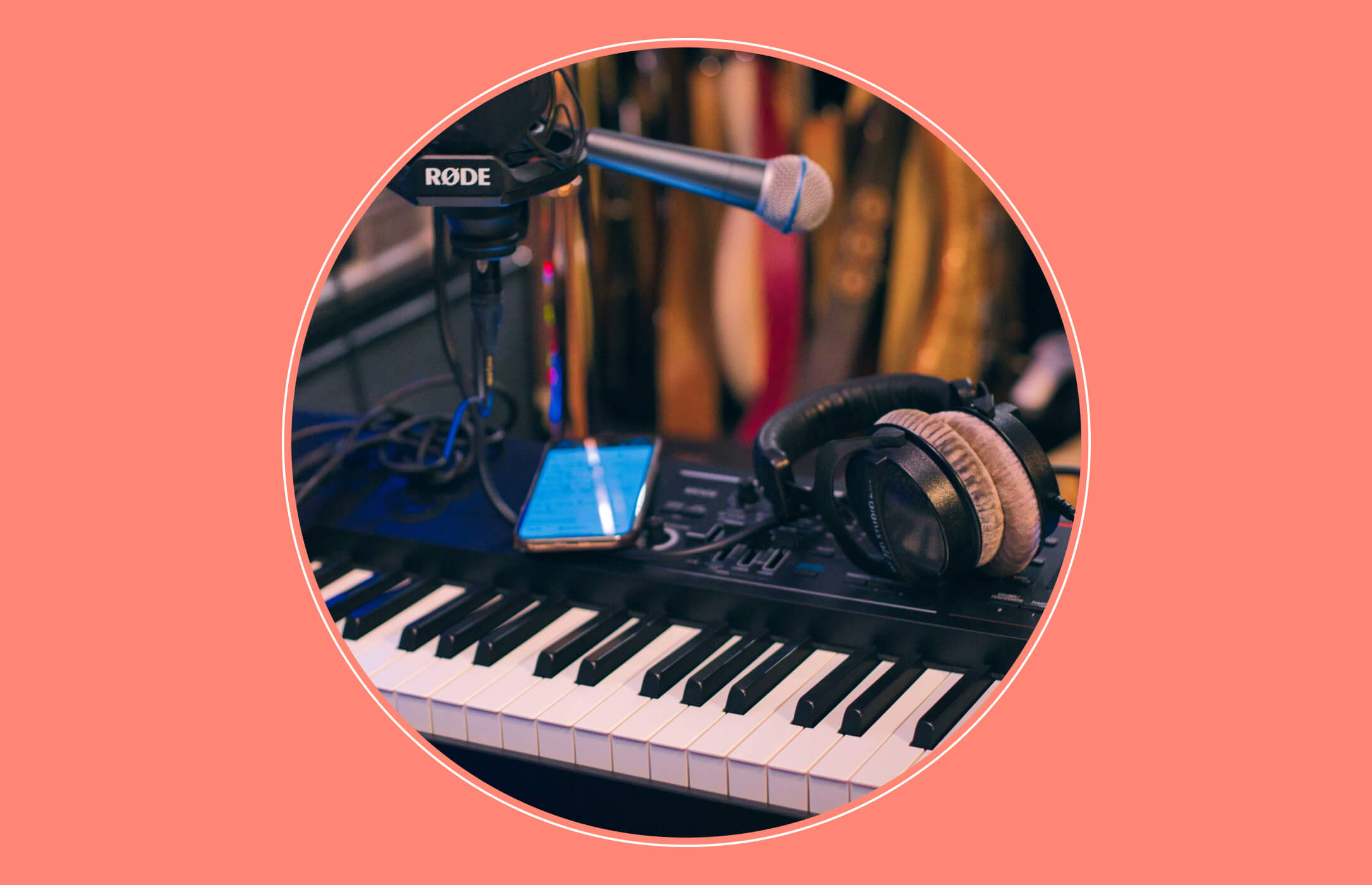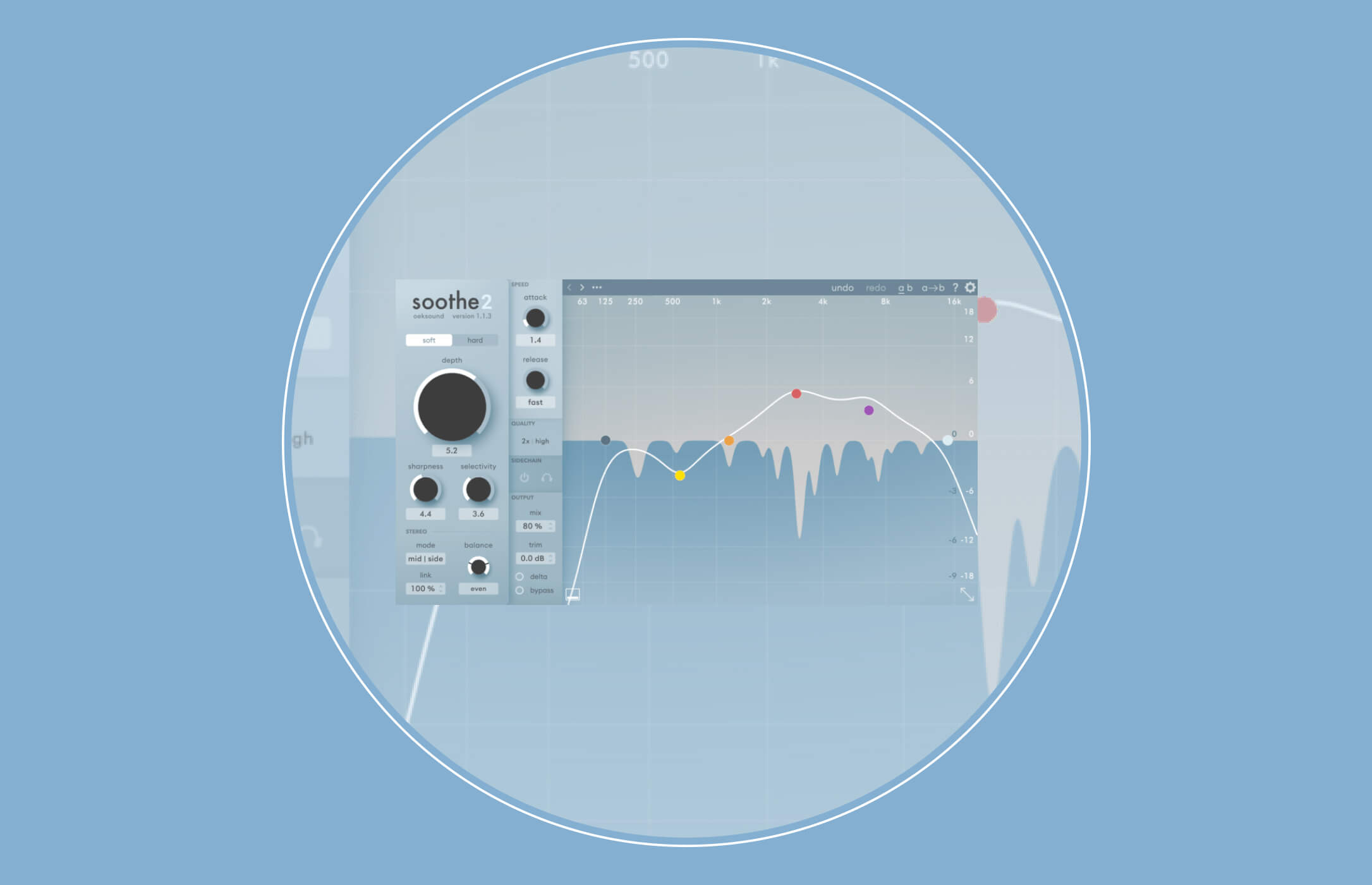9 Steps For Preparing Your Music for Mastering
As I have studied under a Grammy-winning mastering engineer and worked with my own clientele, the clients that are the easiest to work with and end up with the best results are those that do a great job of preparing their music and files correctly for mastering. Now, this may not be the sexiest topic to learn about, but it is incredibly important, and doing so will allow your mastering engineer to do a fantastic job and make the mastering process a memorable experience for both of you. While the items I mention may differ a little bit between engineers, this is the checklist I share with all of my clients and will be a great guide and starting point for those of you looking to send your mixes off to be mastered.
1. All files must be in at least 44.1kHz format and at least 24 bit.
Make sure that any files you are sending to be mastered have a sample rate of at least 44.1kHz and a bit depth of at least 24 bits. This will allow your mastering engineer to work with a quality file that will give an accurate representation of the sonic spectrum of your music. That being said, typically, if you are looking to release your music on popular streaming services such as Spotify or Apple Music, they will ask that music is submitted at a sample rate of 44.1kHz and a bit depth of 16 bits. However, as a mastering engineer, it is preferable to master files at a higher bit depth and then dither down if need be for releasing music. Make sure to check your sample rate and bit depth before submitting your files for mastering.
2. All files must be in either WAV or AIFF format. Please do not submit MP3s.
Whenever you send a file to a mastering engineer, it absolutely has to be in either WAV or AIFF format. MP3s are lower quality and they use a compression codec that tries to preserve the original recording but ultimately ends up removing frequencies. As was mentioned in the first point, mastering engineers need to be able to hear the entire sonic spectrum of your track and the last thing we would want is for frequencies to be removed that could ultimately affect decisions made in the mastering process and change the final result in potentially undesirable ways.
3. Send reference mixes as “high-quality” MP3s.
Now, this point might sound a little funny since I just mentioned that MP3s are of lower quality. What I mean when I say “high-quality”, is that the MP3s either come from a CD or have been purchased and downloaded from a music distribution source like Apple Music. Do not rip songs from YouTube or somewhere similar and then submit those files as reference mixes. That will only make your mastering engineer’s job more difficult.
4. All files must have at least -6dB of headroom.
This is one item on my personal checklist that you may see vary from engineer to engineer. I prefer to have a least -6db of headroom because it gives me a lot of volume and dynamic range to work with within a track. Other mastering engineers might not need as much headroom or might have a different limiting process than I do. Essentially, mastering engineers are looking for files that aren’t completely slamming into 0 or brick-wall limited as hard as possible. Leave some room for the mastering engineer to open the mix up into a limiter and push the volume of your music in a way that gives it a competitive volume level but also preserves the dynamic range of your track. Striking that balance between loudness and dynamics is a significant portion of a mastering engineers job and is a skill that all mastering engineers spend a great deal of time perfecting.
5. Remove all limiters or compressors from your master buss.
This point ties back to giving mastering engineers headroom to work with. It’s super fun to put a compressor or a limiter on the master buss of a mix and crank the volume. I’ve done it as a mix engineer before as I’m sure many of you have. We all like to hear our music as loud as possible. But removing compressors and limiters from your master buss will allow the mastering engineer the headroom they need to work and will give them the opportunity to introduce their own flavor of limiting and compression to the final master. It can be difficult to keep the dynamic range and life of a song intact if the mastering engineer receives a file that already has all of the transient information chopped off by heavy compression or limiting on the master buss of a mix.
6. Make sure that all individual tracks are edited with clean fades as the mastering engineer isn’t responsible for clicks or pops in a master when the problem originates from an individual track.
This point is a mouthful but put simply, make sure that all individual tracks are cleanly edited. If there are any crossfades between takes, any splicing together of tracks, etc. please make sure that there is no popping or clicking and that everything sounds smooth. As a mastering engineer, I primarily deal with stereo files (except in the case of stem mastering), and don’t have the control over individual tracks to fix any unwanted noise that may be in the original mix.
7. Leave some room at the beginning and end of each song to give your mastering engineer a little space to work with fades.
Lots of tracks have fade-ins and fade-outs and this is something that your mastering engineer can take care of. So, leave just a couple seconds of space on either end of the track so that your mastering engineer has something to work with if you are interested in fades on your song.
8. Do not send session files. Only send stereo WAV files.
This guideline is pretty simple and straightforward. Don’t send your mastering engineer the Pro Tools, Ableton, Cubase, Logic, FL Studio, Reaper, or Studio One session that you have been using to record and mix. Make sure that once the mix is ready for mastering that you either bounce or export a stereo file of your track using the sample rate and bit depth that we discussed earlier.
9. Lastly, when all of your files are ready to be sent, put them into a playlist folder Vollume Control app and share them
Whether you are sending a single to be mastered or an entire album, put all your stereo WAV files you are sending the same playlist folder on the Vollume App and then send them in a fast and secure way. It is specifically designed as a collaboration and file-sharing tool for music professionals, and is really easy to use, and preserves audio quality, especially when sending many large audio files all at once. Do not send your files via email as this process will compromise the integrity of the large file sizes and introduce digital compression which will affect the quality of your master.
I hope that this article was helpful and will make preparing your files for mastering easier and as a result, will improve the future mastering of your music. Cheers!
Written By Braeden Flint



